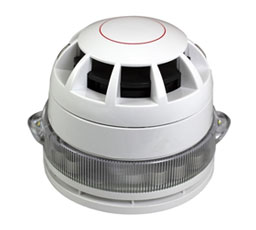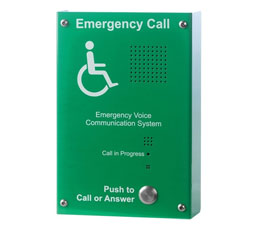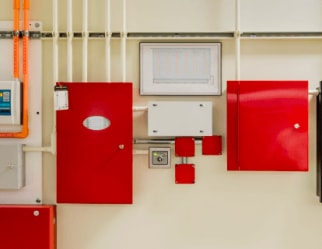Integrated Fire Safety Control
Healthcare institutions are complex, often having a large footprint and comprising many different departments with different fire protection needs – from A&E and intensive care units to operating theatres, wards and patient reception areas.
In these settings, a networked fire panel system will be most beneficial - as it communicates information among distributed fire alarm control panels and network nodes on a site, enhancing control over the fire safety of the entire building. Additionally, one can program a networked system to fulfil many roles, such as alerting people to real and potential emergencies by voice, light or sound, activating smoke containment systems and governing evacuation procedures.








